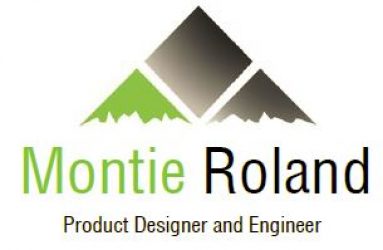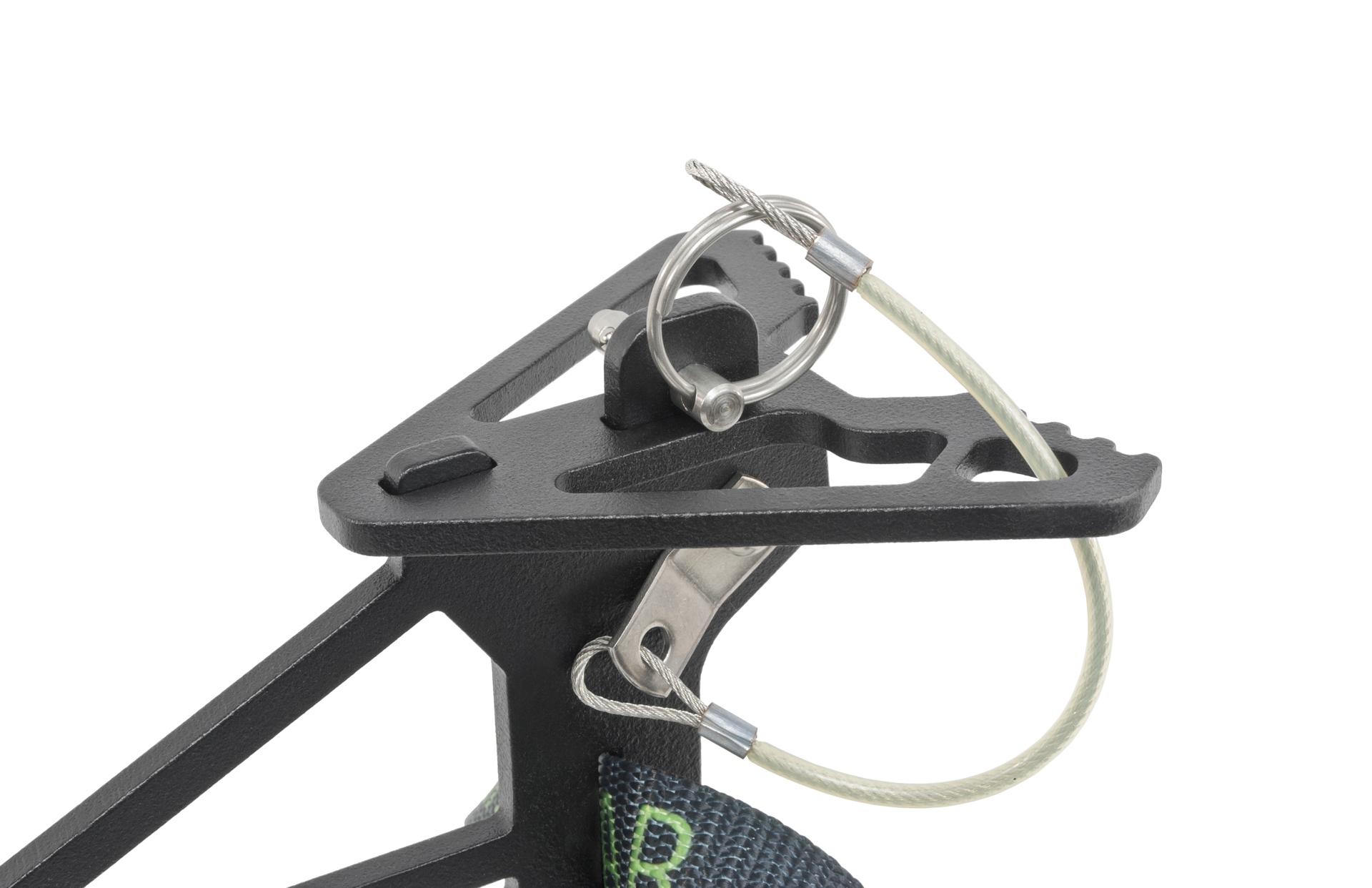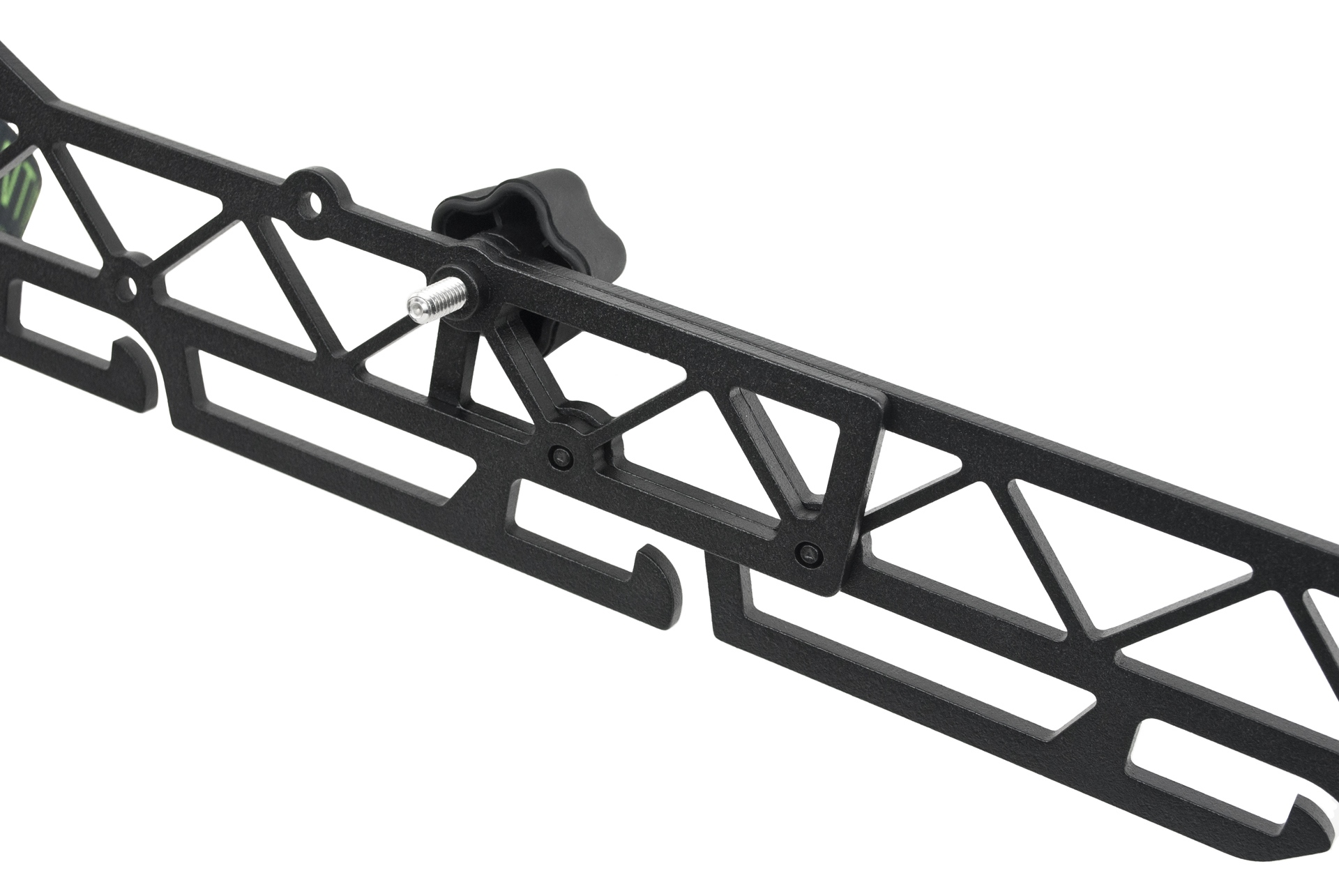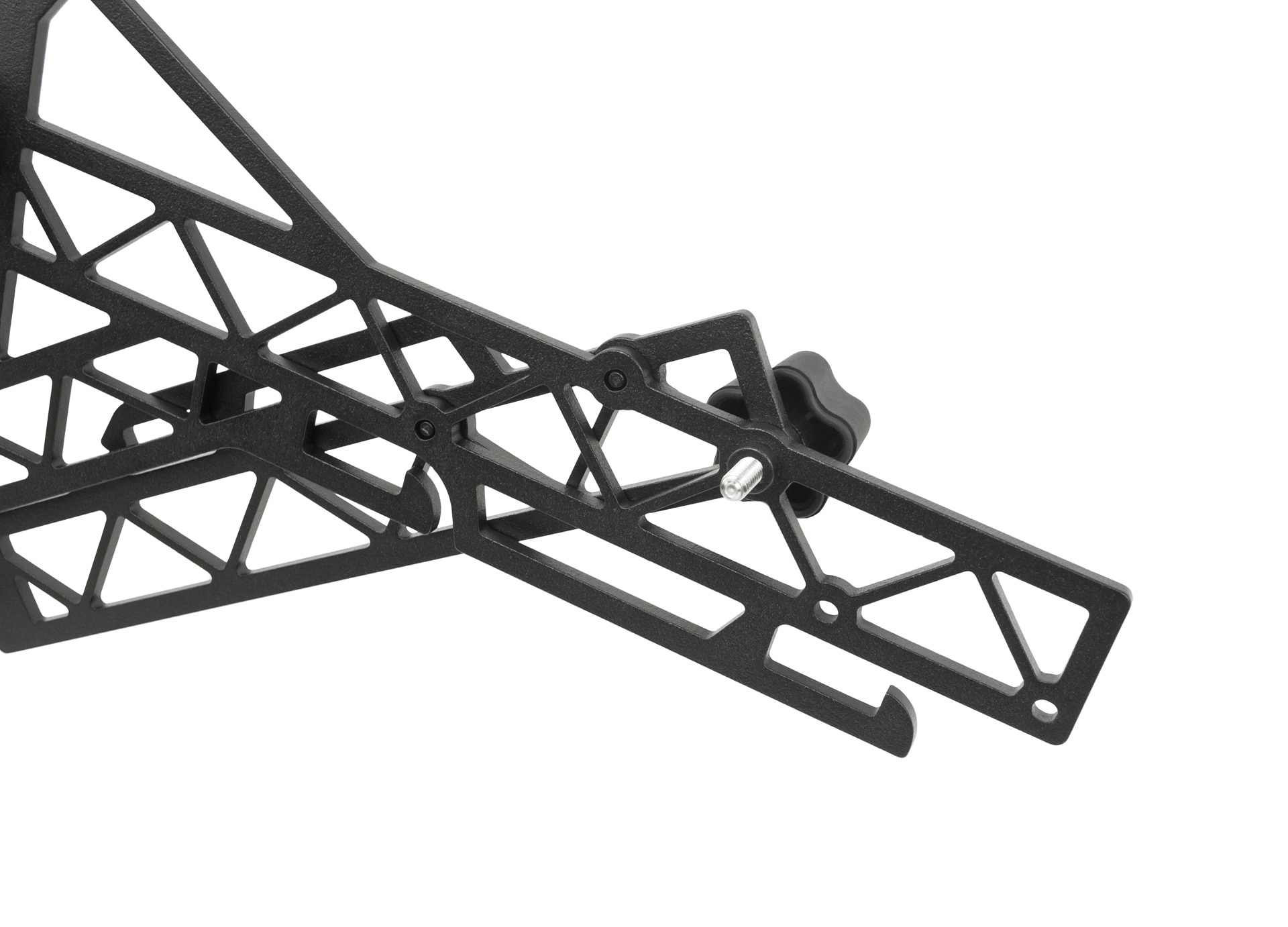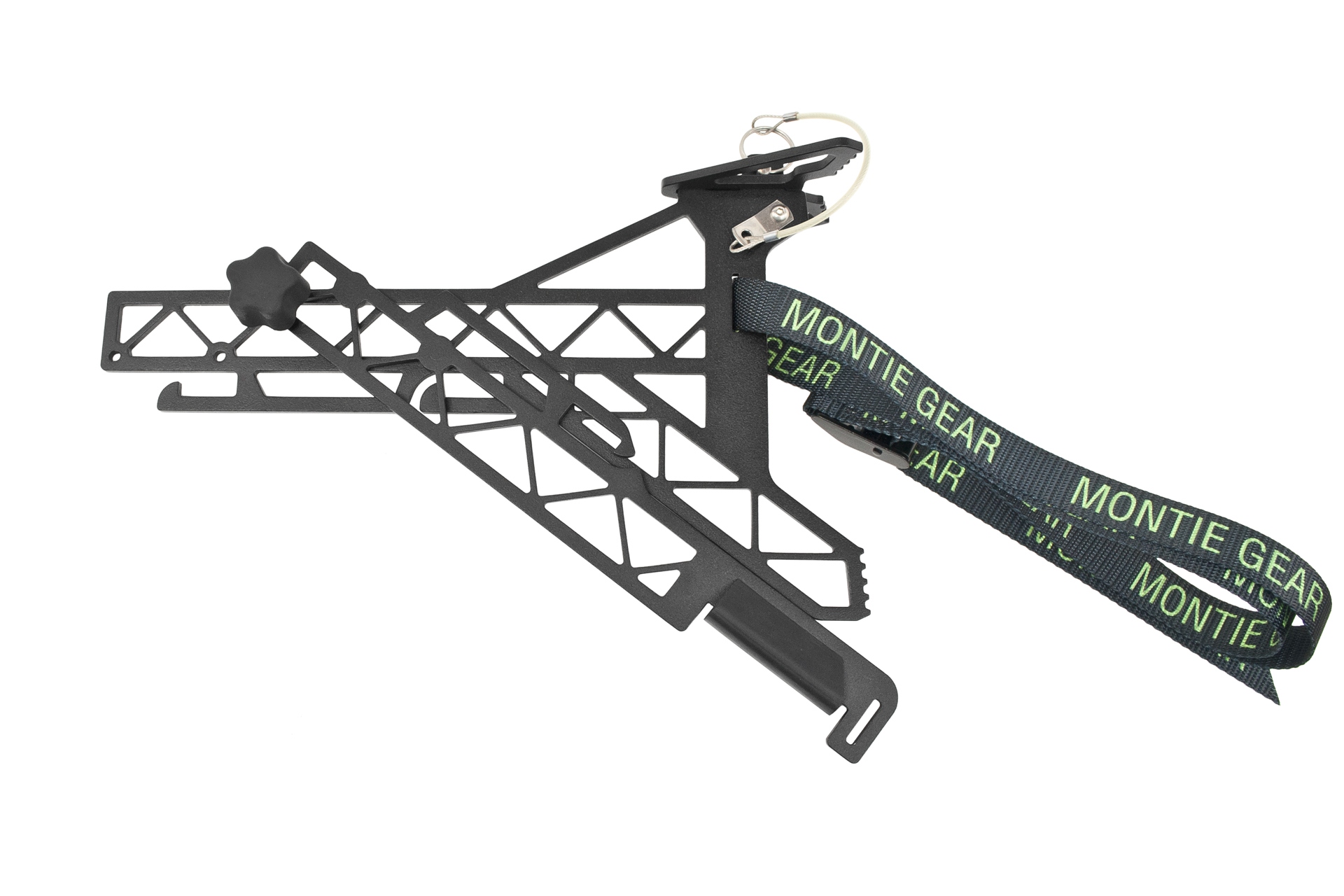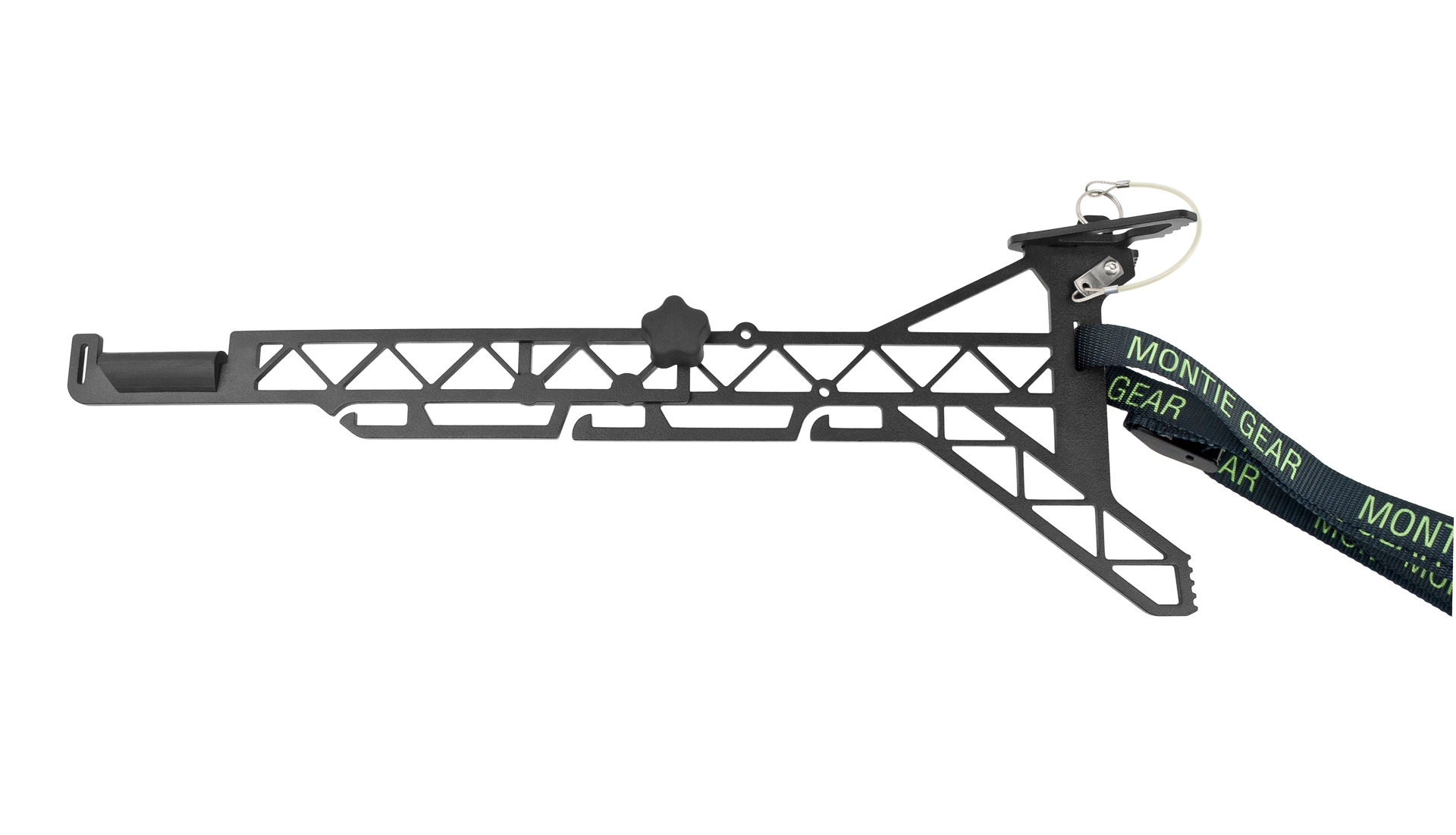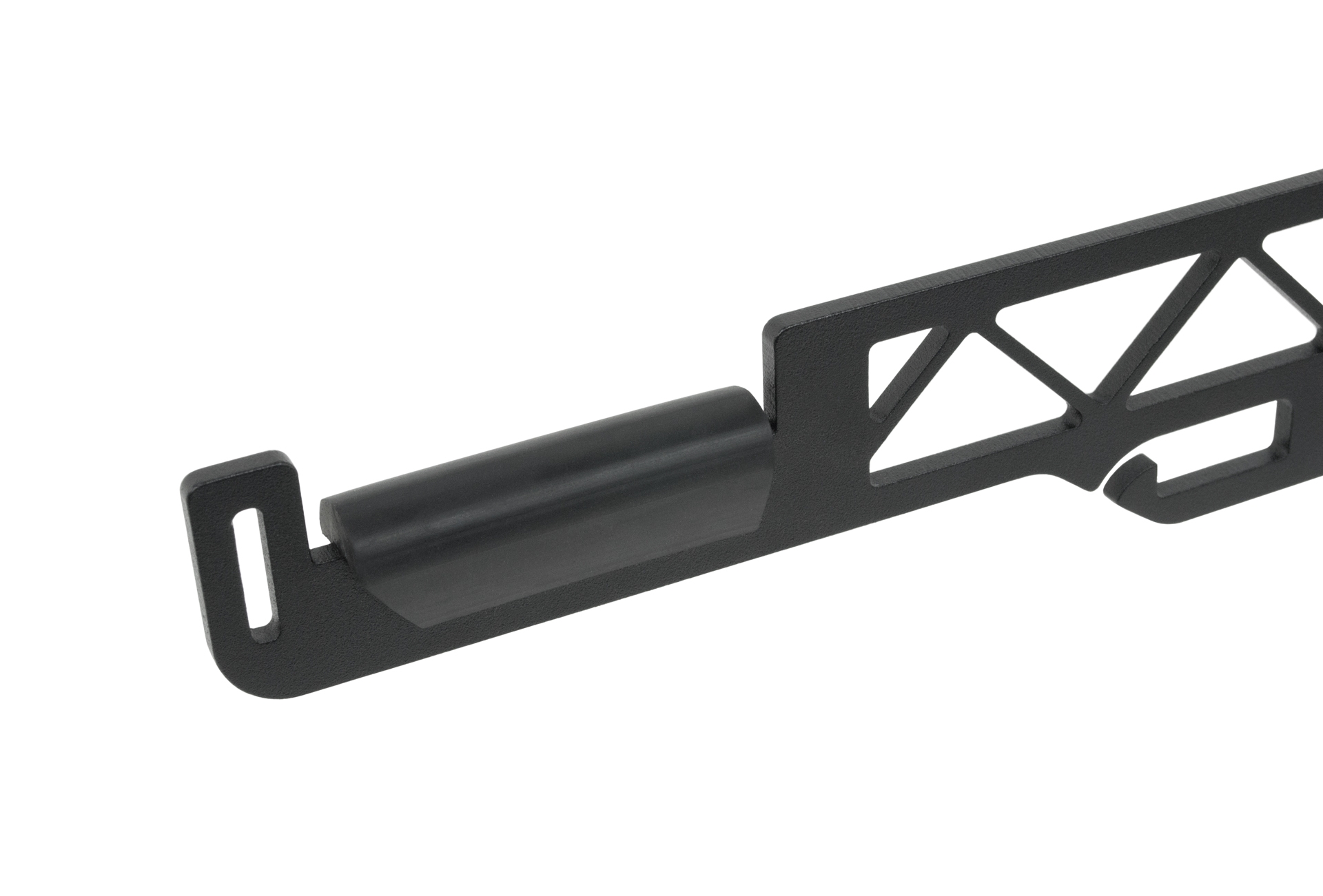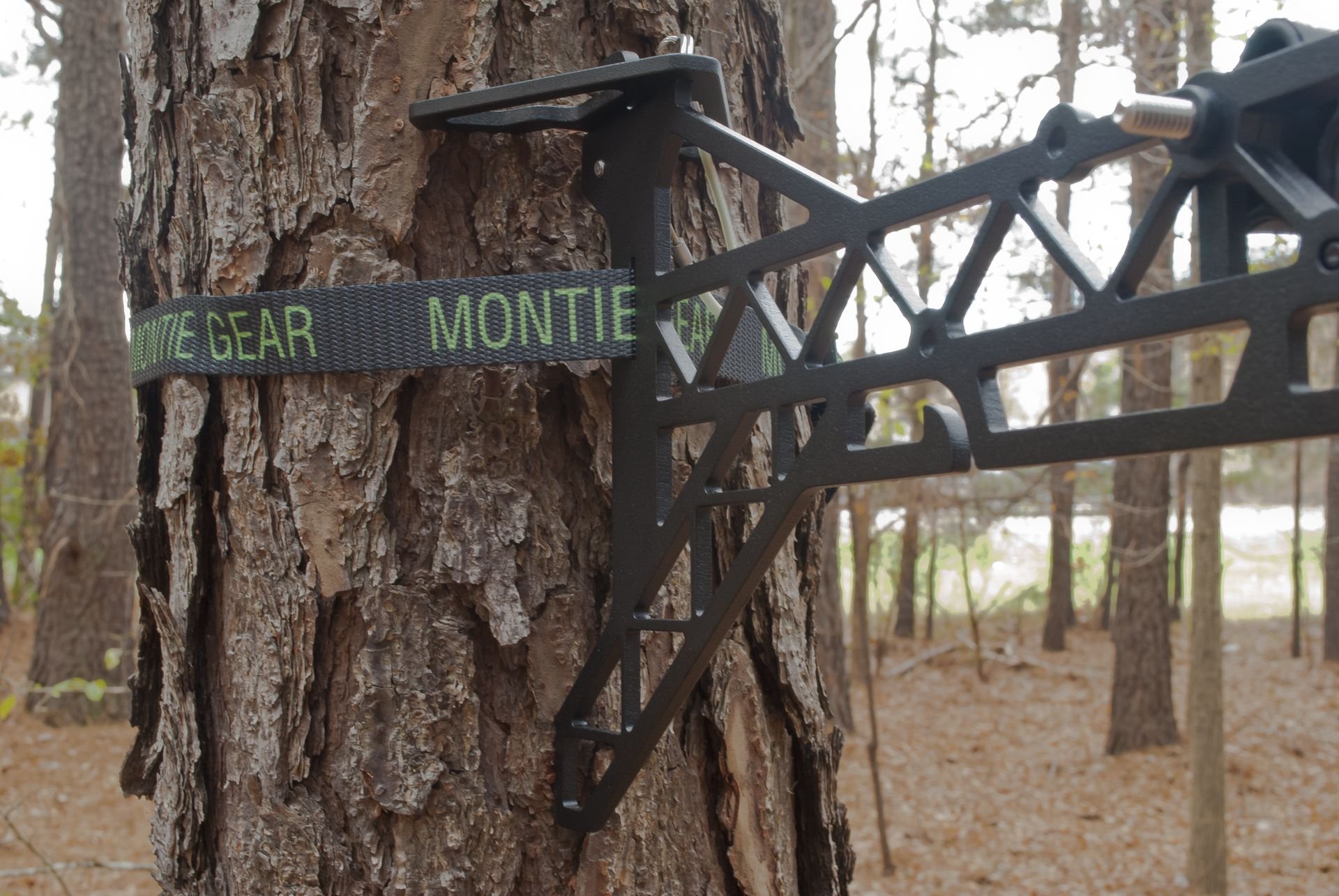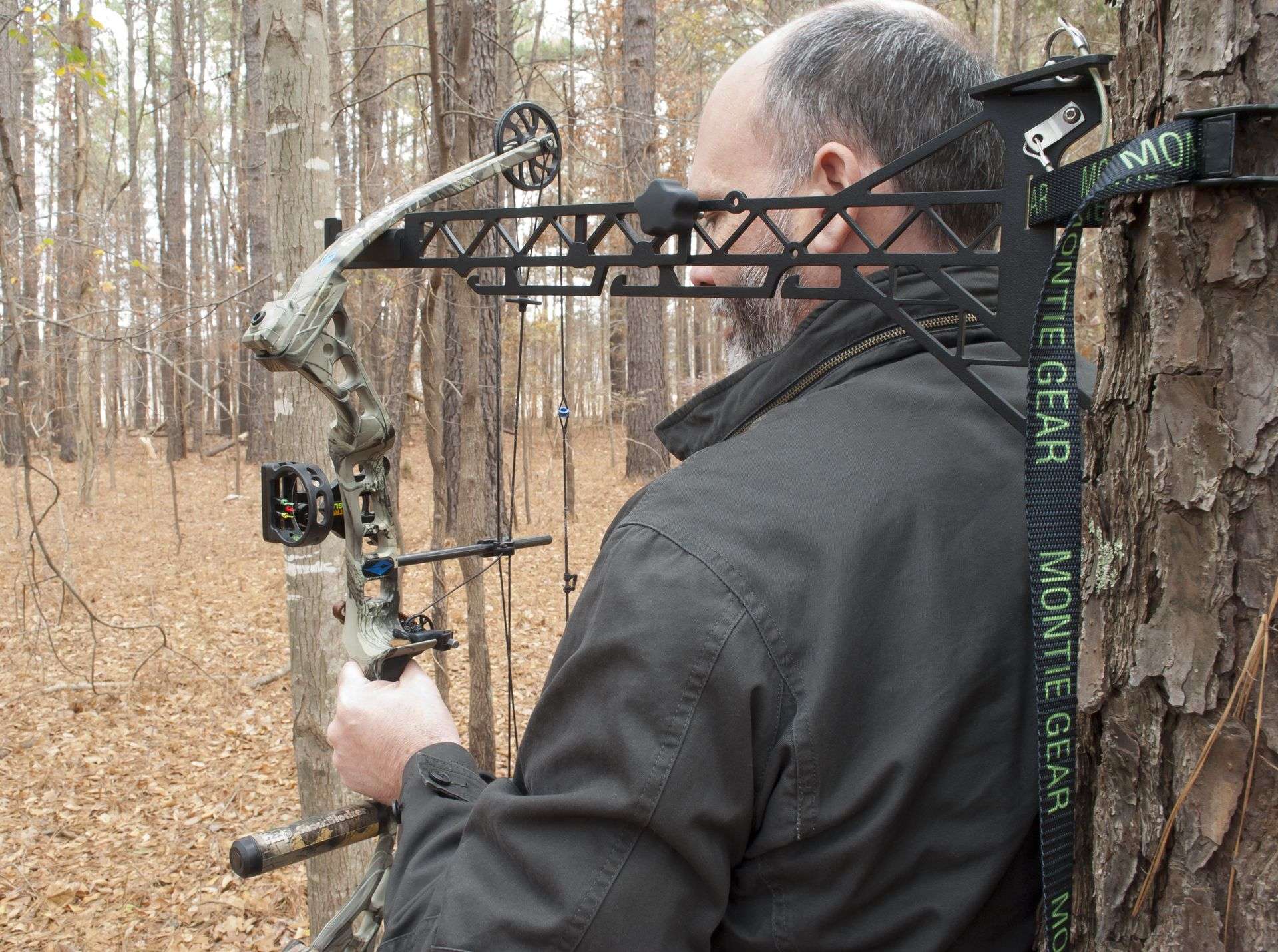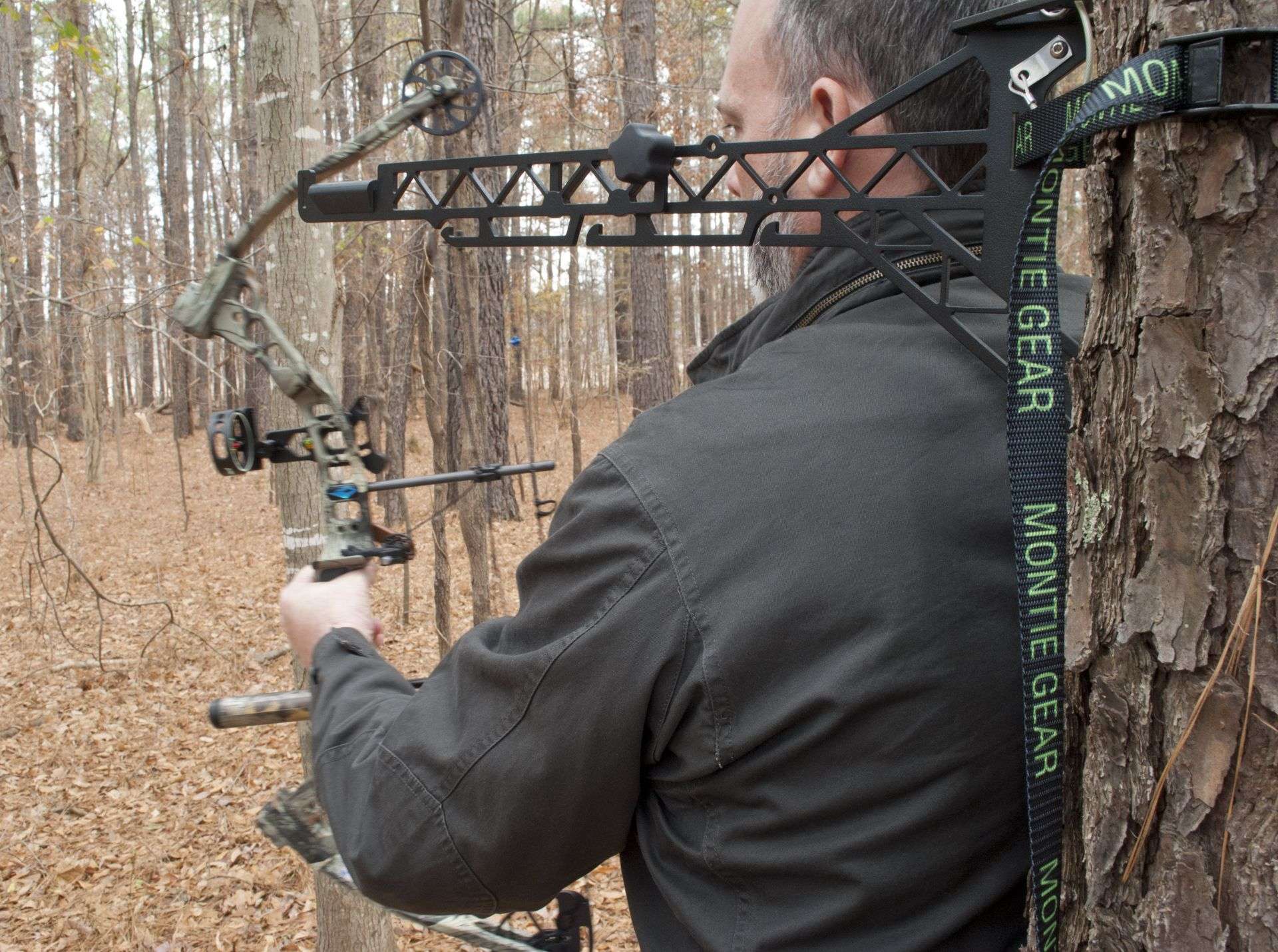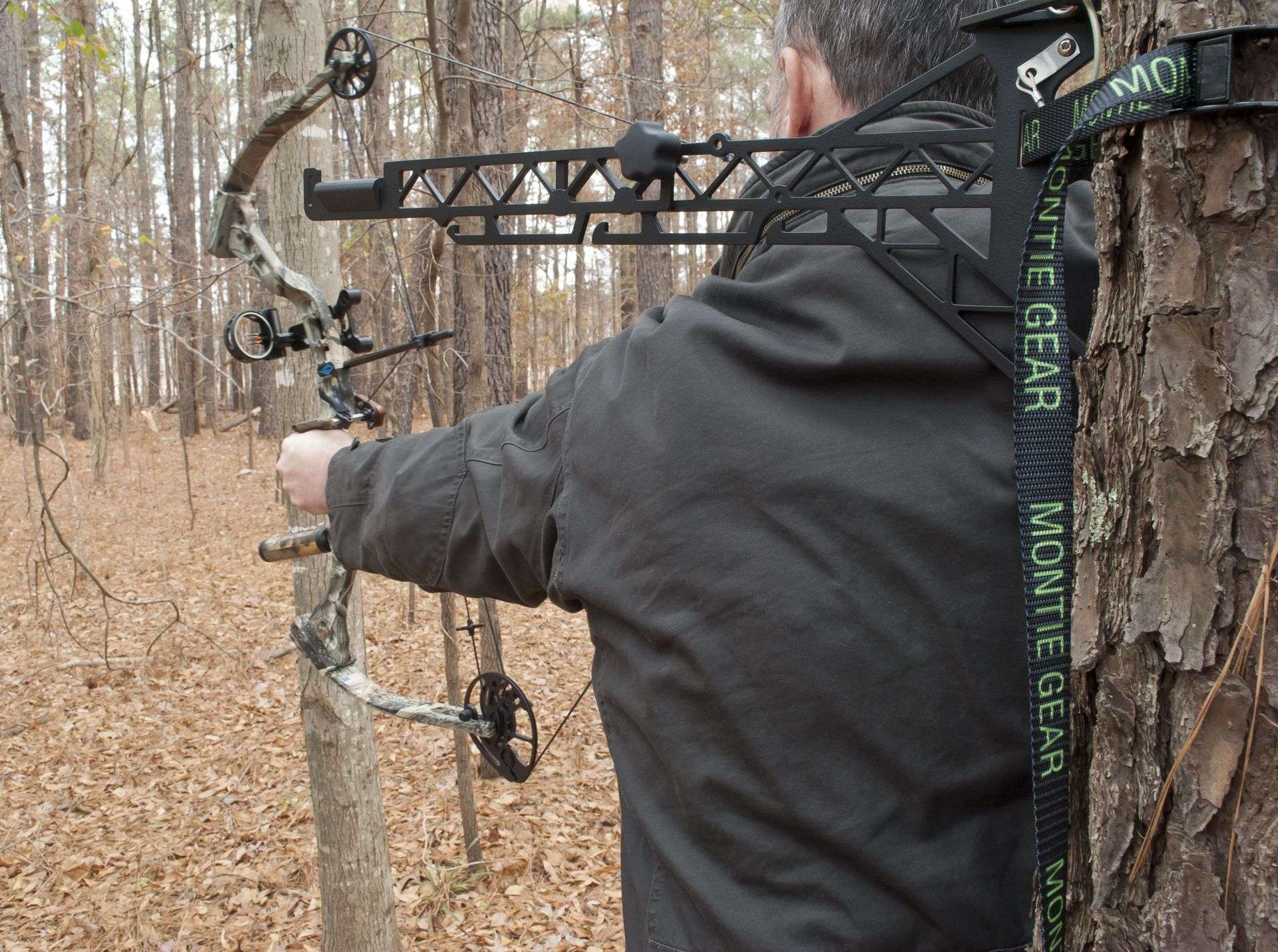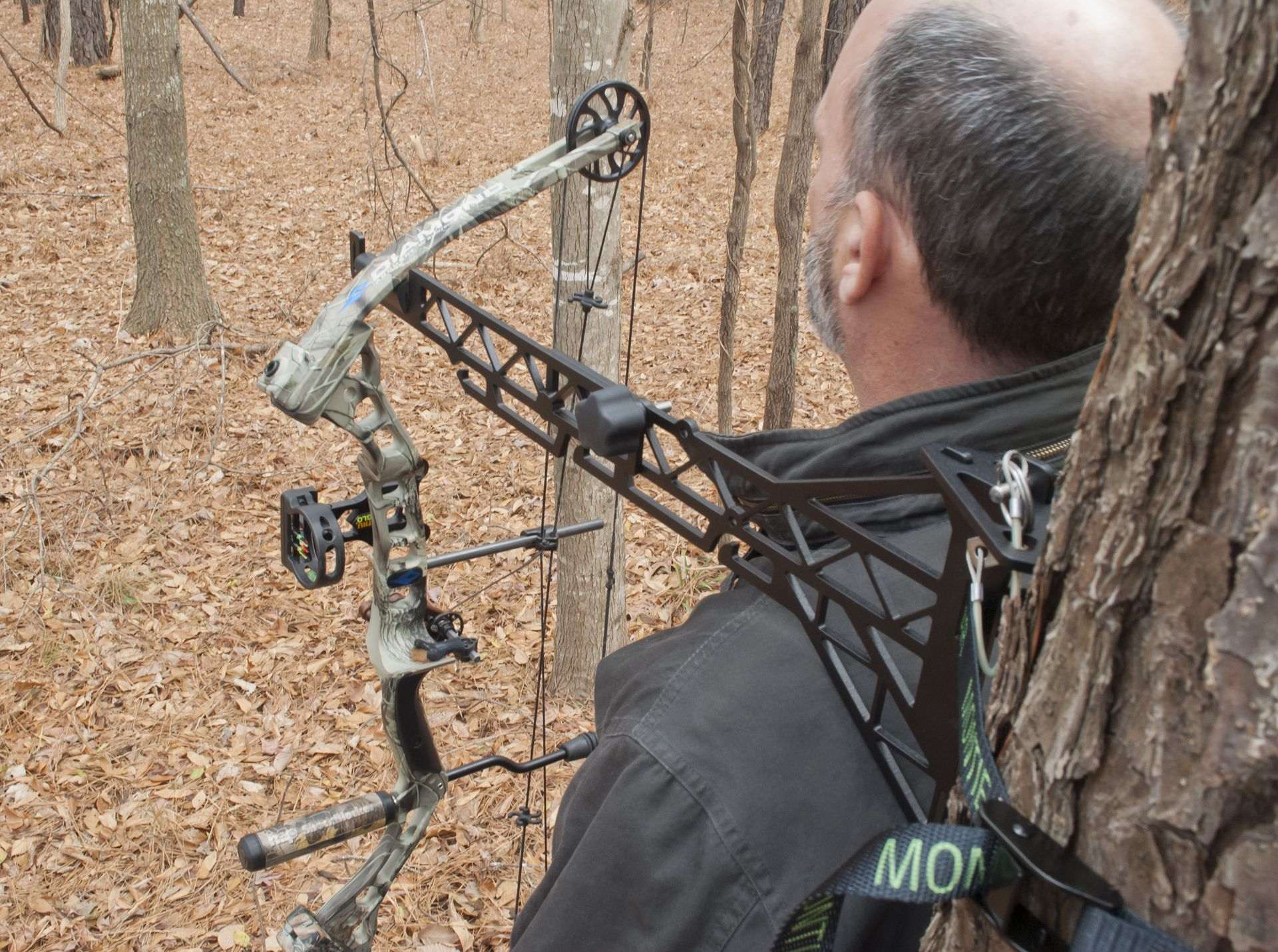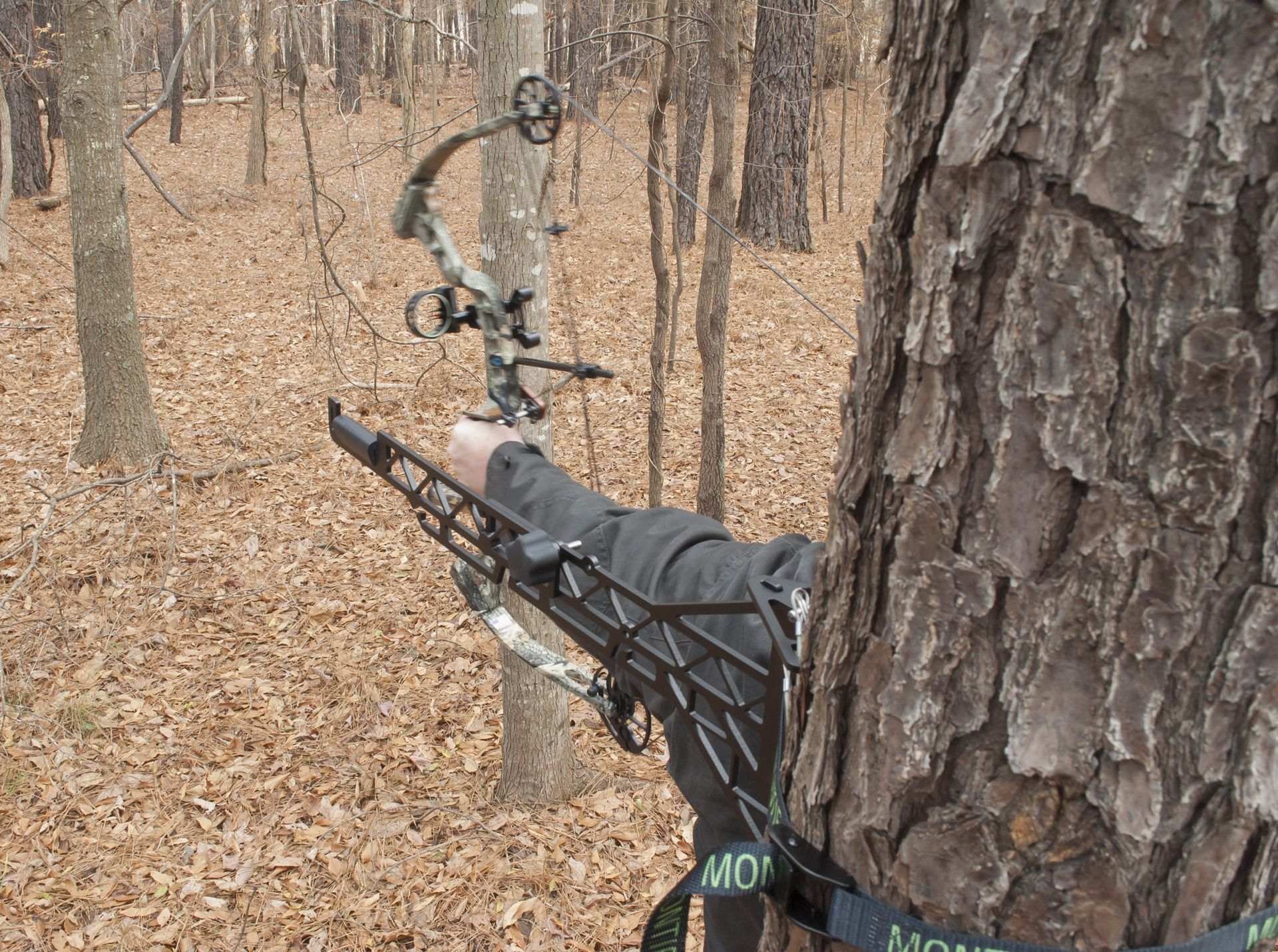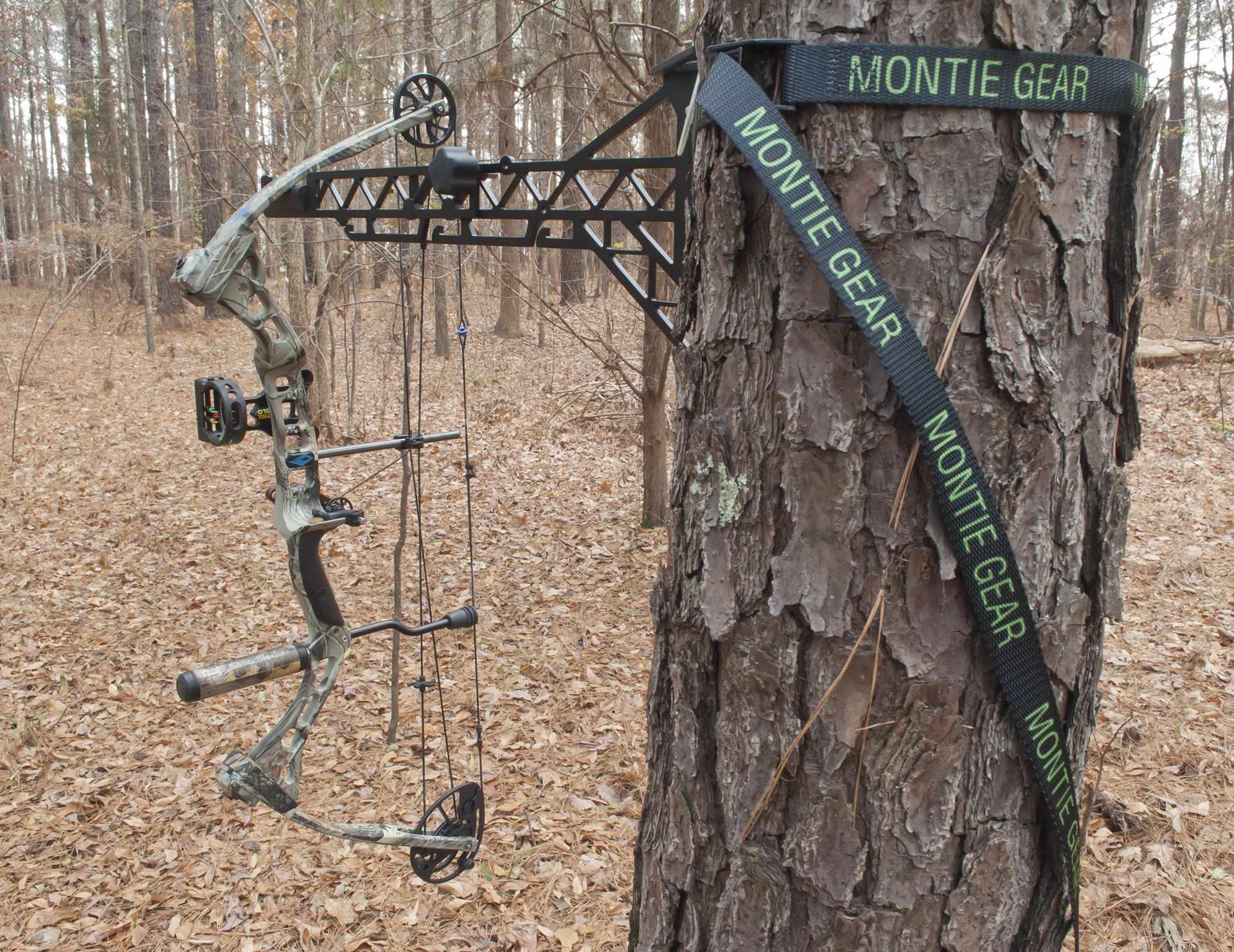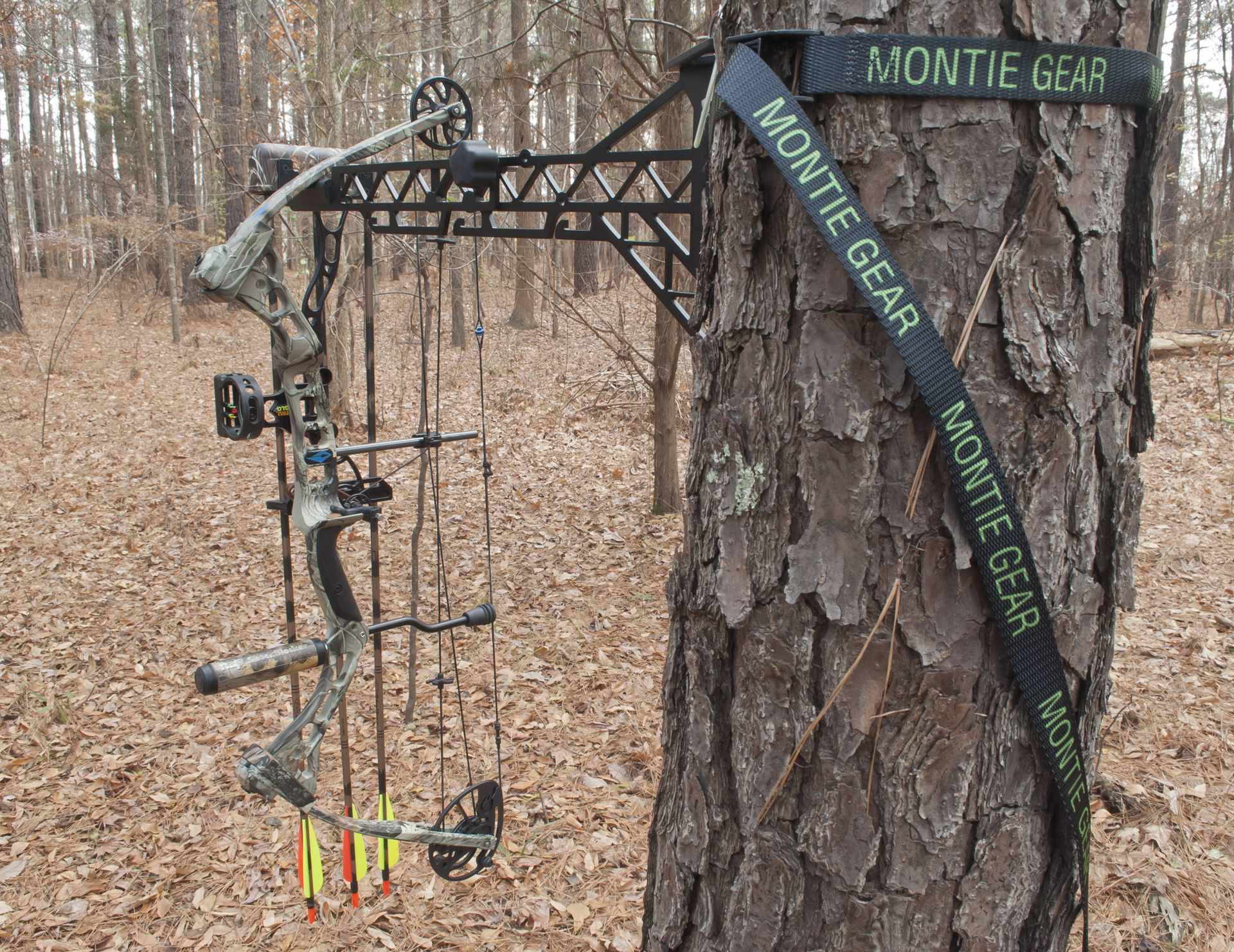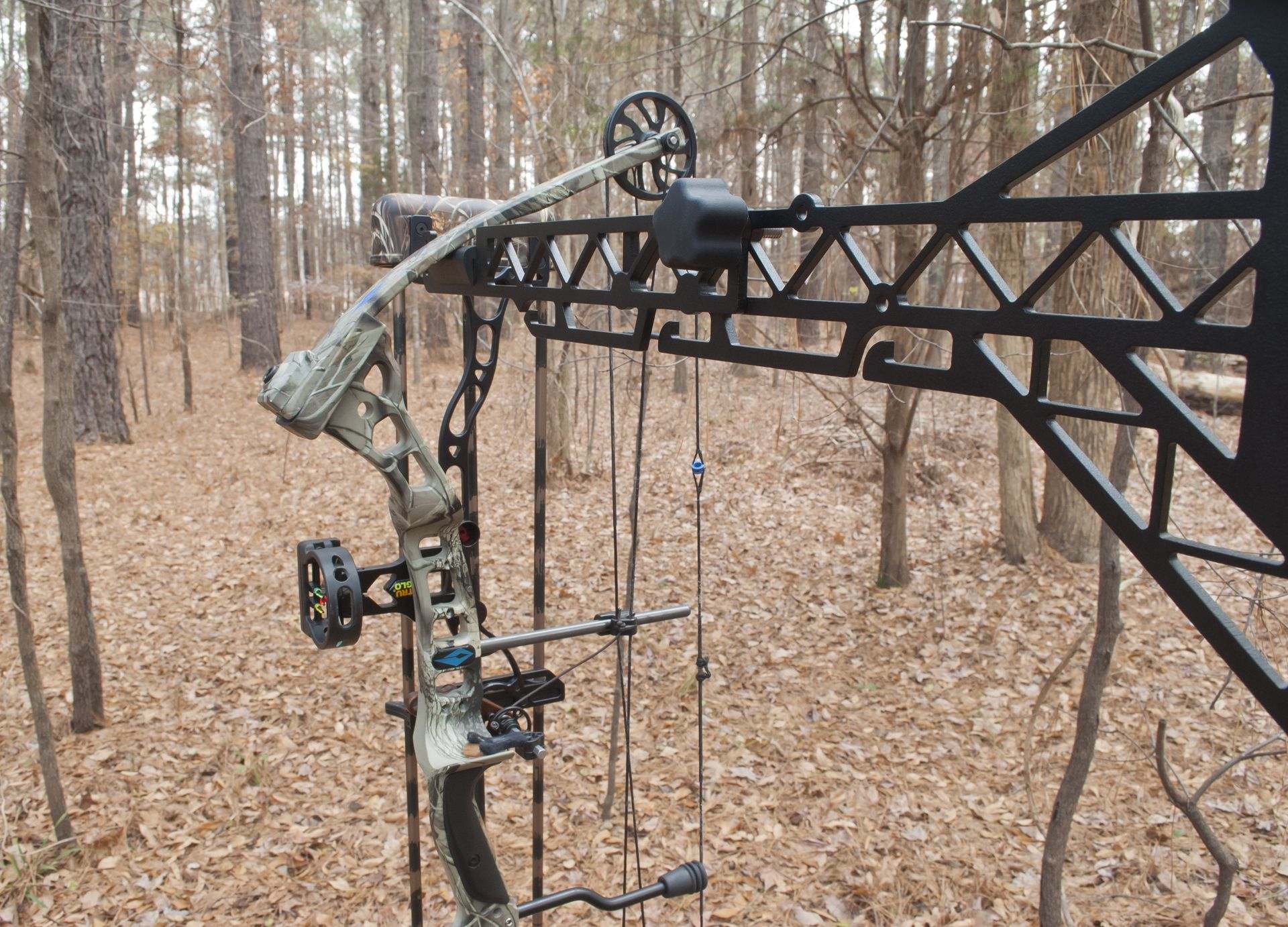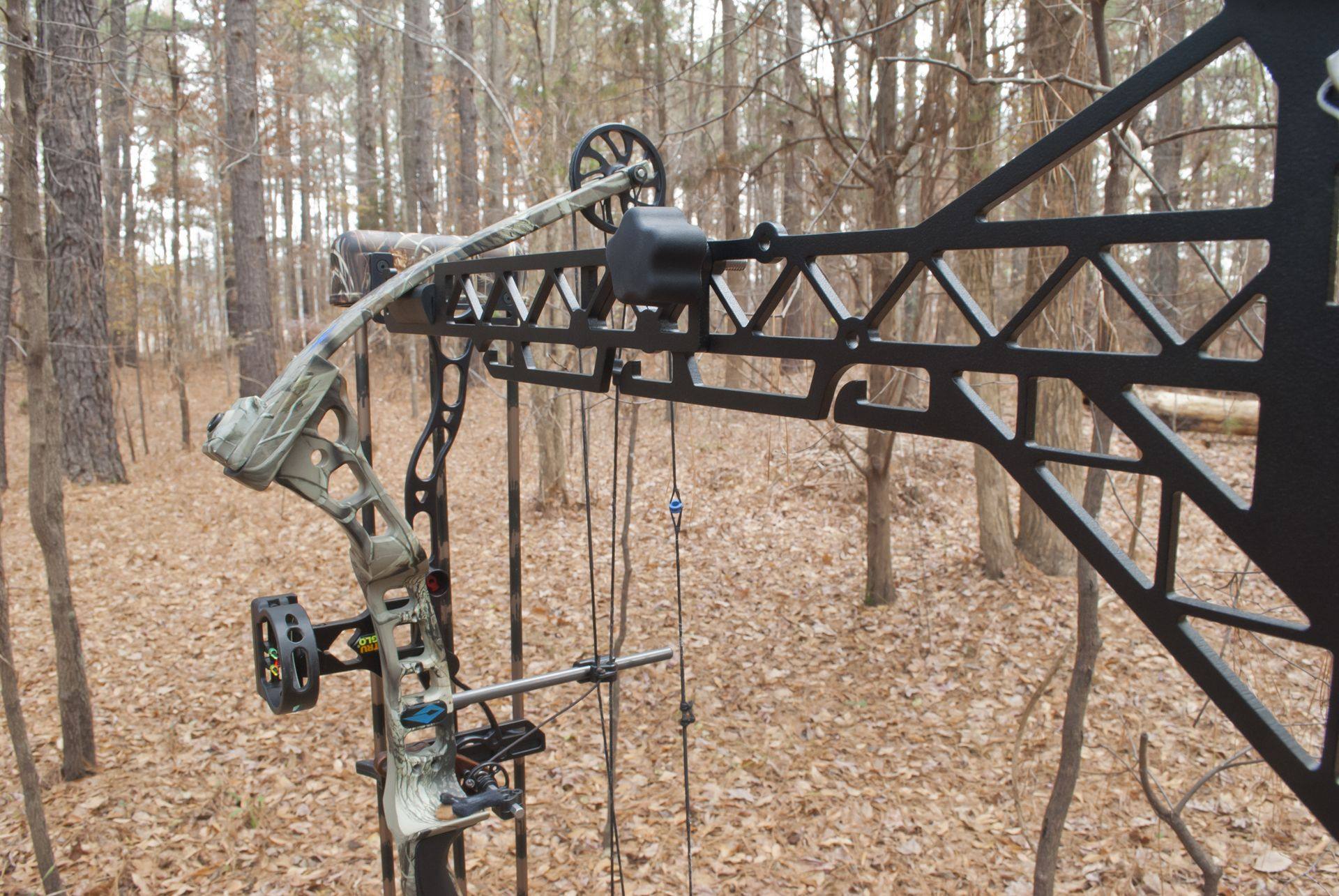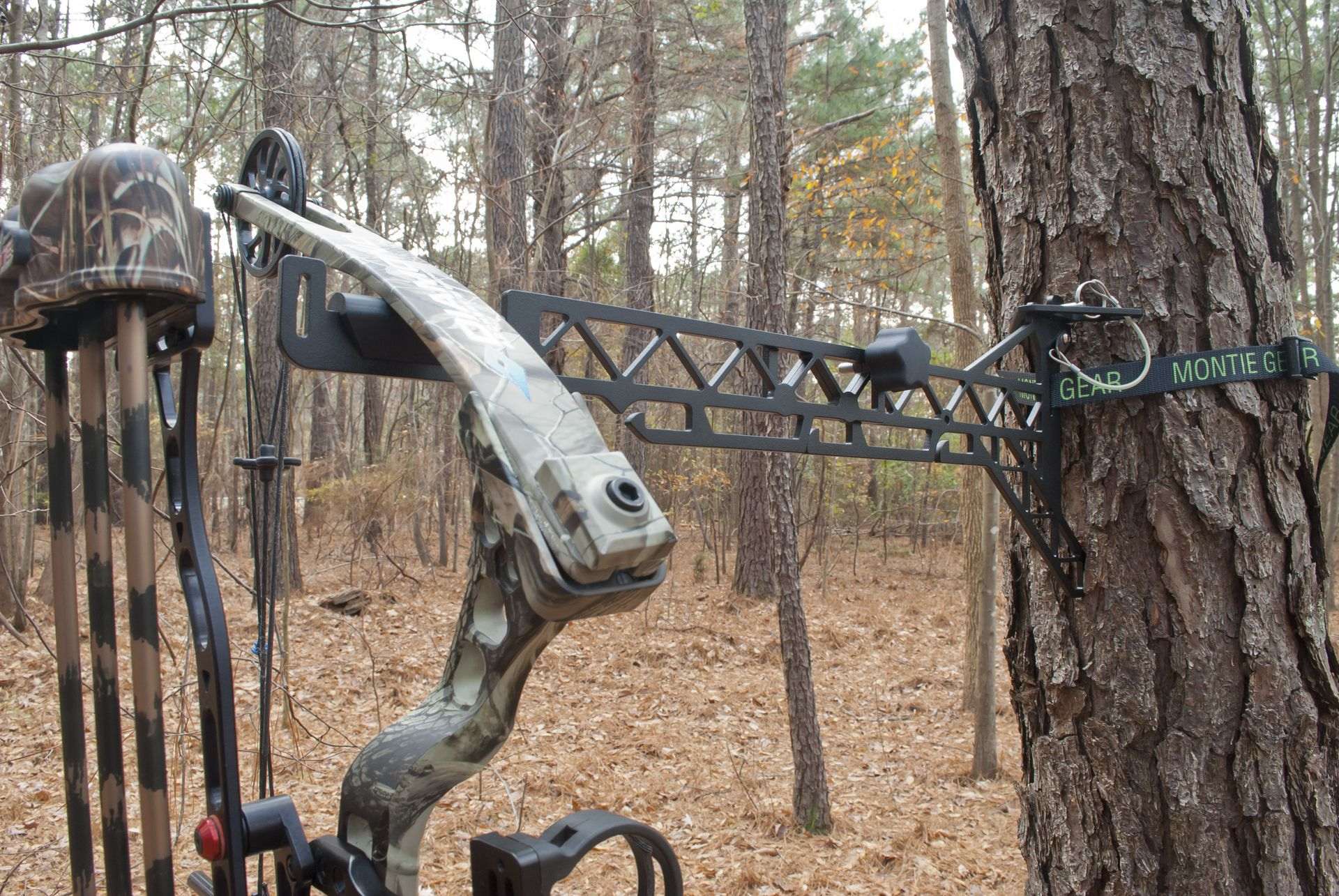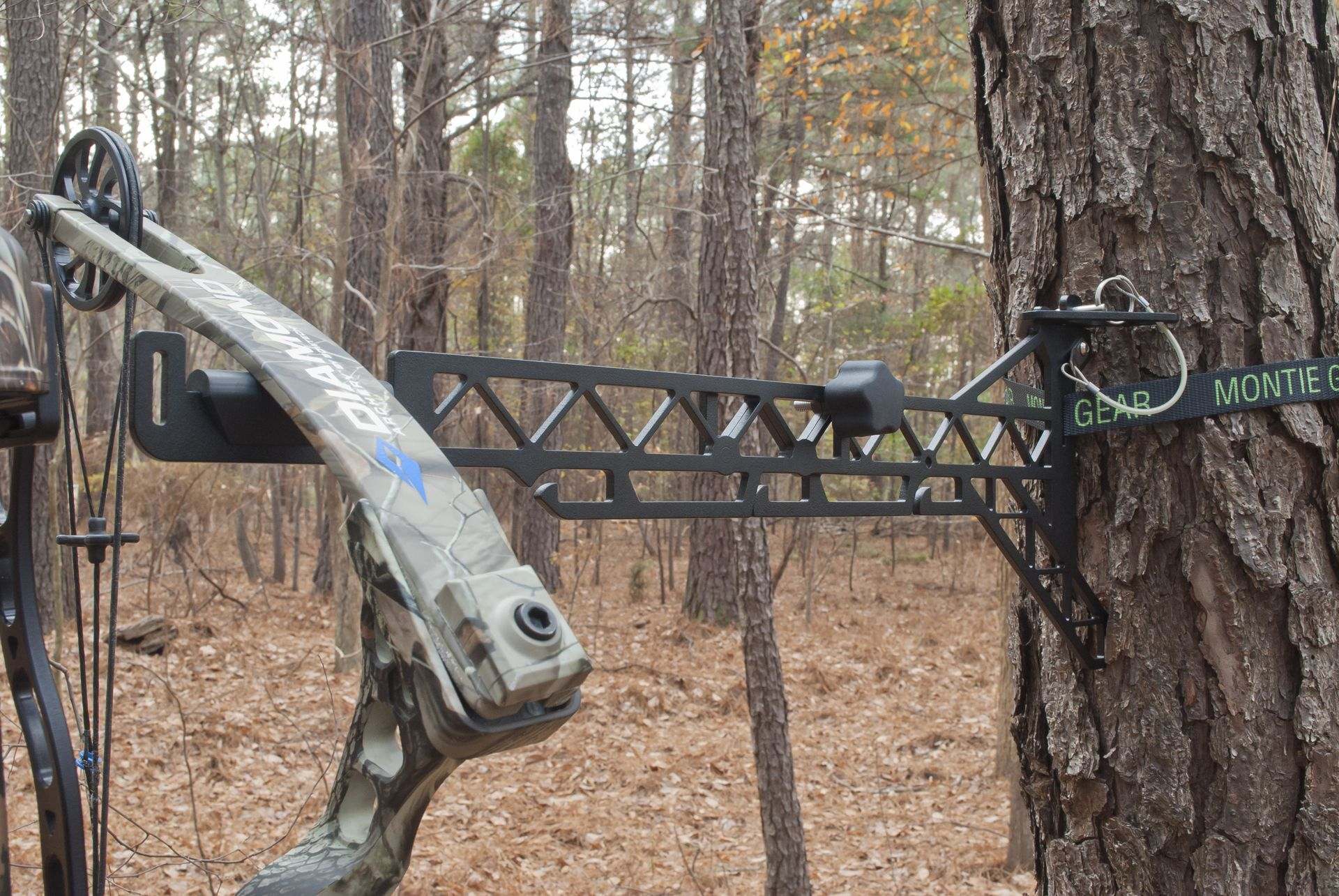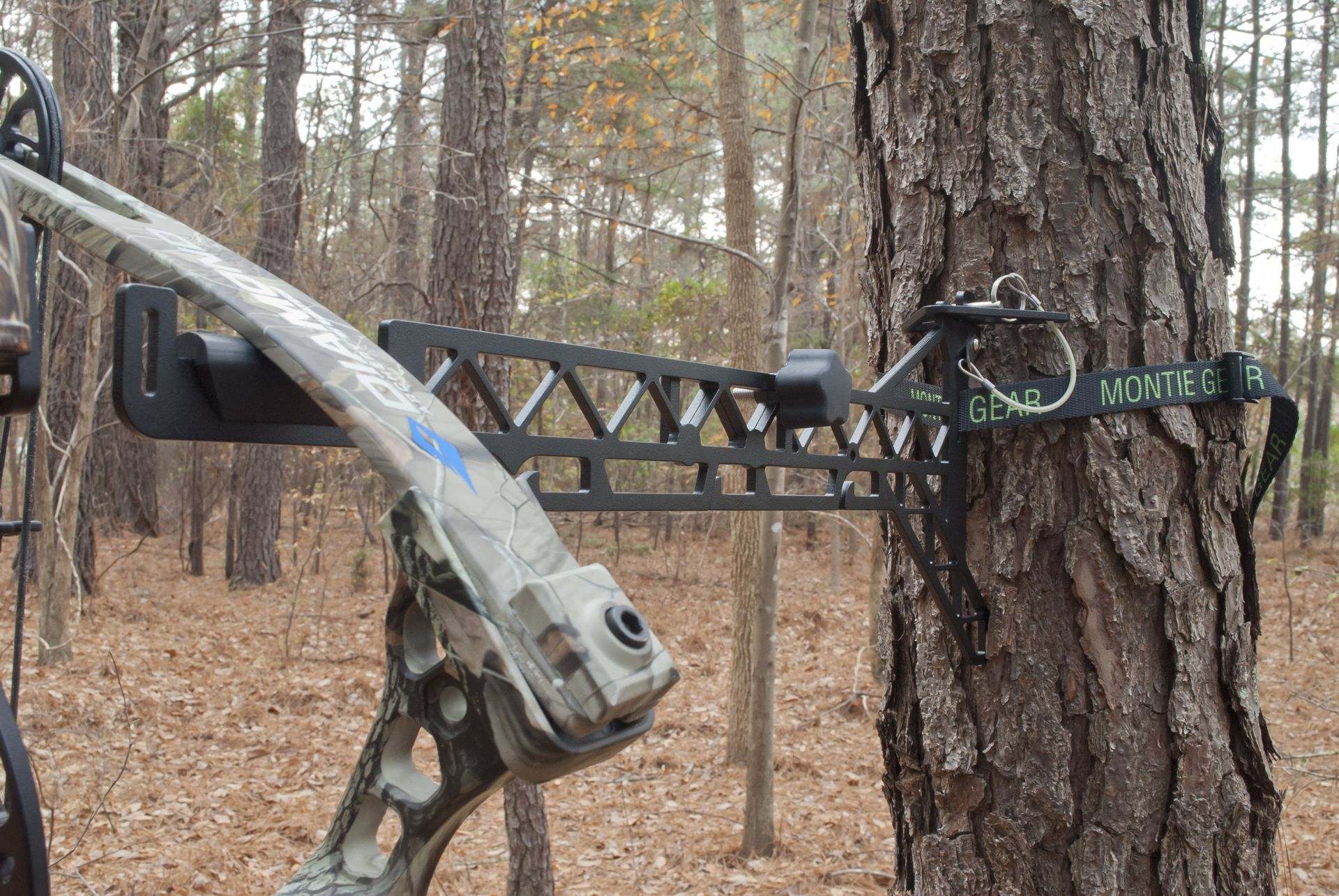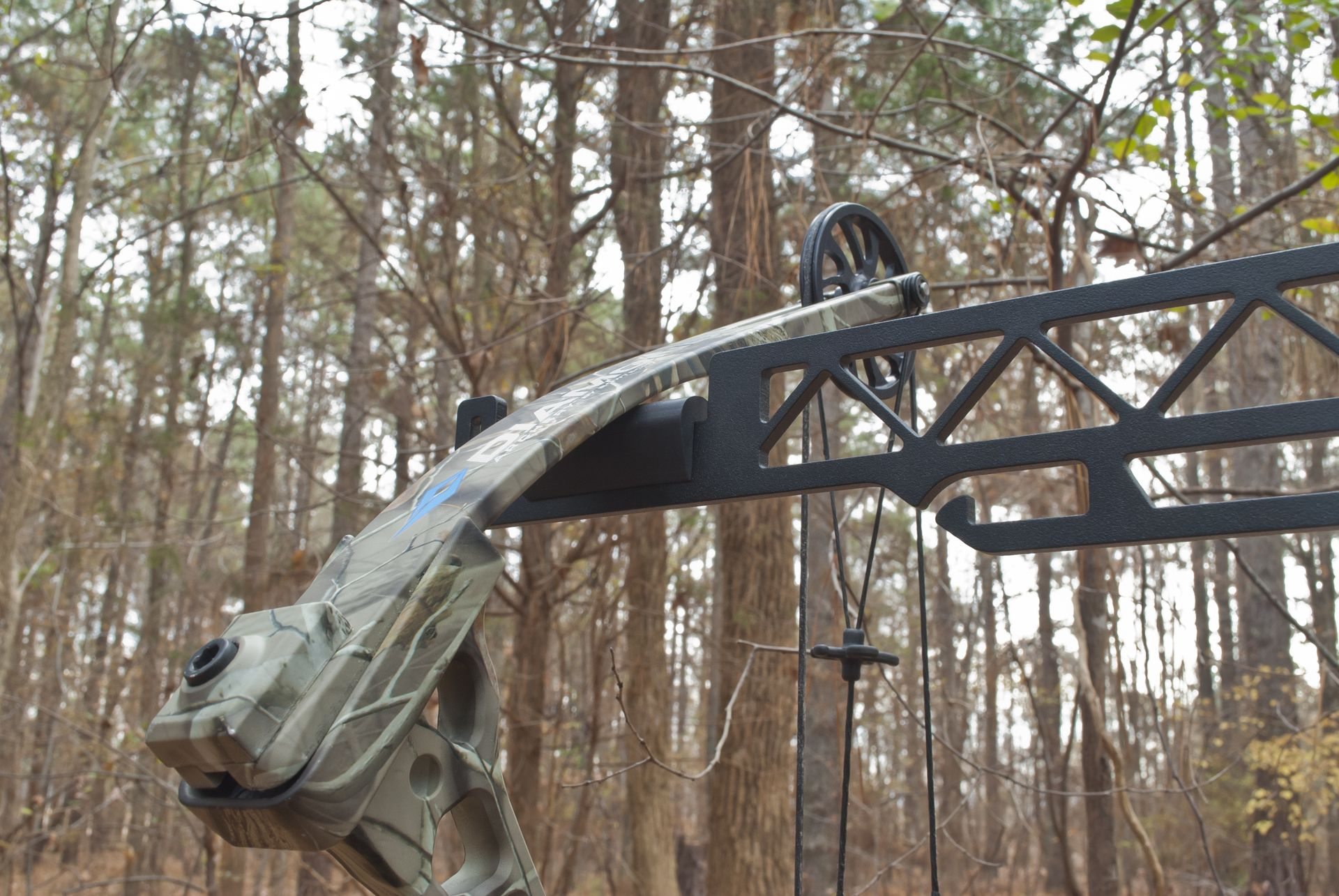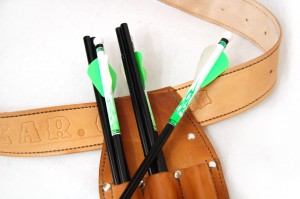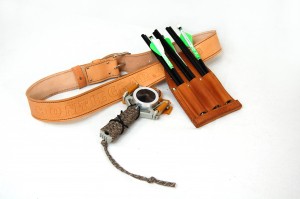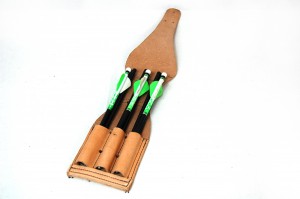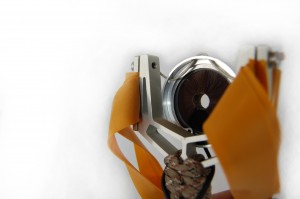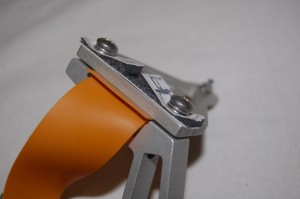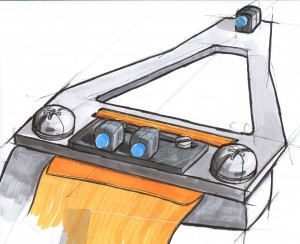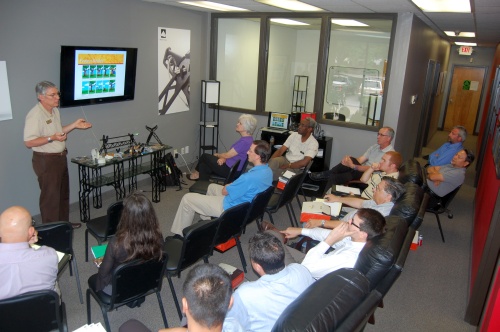Designing any great product is easier when the designer and engineers to have an appreciation for how they are making the customer, reseller and distributor’s life easier and more profitable. This podcast explores how I was motivated to design products for the camping / glamping market. We’ll also explore what it means to have a robust product.
Call me at 800.722.7987 or email montie@montie.com or visit montie.com to discuss how we can help with the design, engineering and prototyping of your next product.

Here is the transcript from the podcast.
Hi, my name is Montie Roland. I’m with Montie Design in Morrisville, North Carolina.
I’d like to spend a few minutes today talking about keys to success in designing an outdoor product.
Let me tell you a little bit about what we do. Montie Design is a product development firm. And we’re also the manufacturers of MontieGear line, which is a line of outdoor and shooting-related products.
I personally enjoy designing products of all kinds. One of the products I enjoy the most is products that are outdoor related. I enjoy spending time in the outdoors – enjoy camping, enjoy backpacking – so I’m always trying to come up with, you know, what’s a way to make that trip more pleasurable, safer, easier. Or what’s a way to extend the capacity and do something better.
I think a lot of us have spent time camping. A lot of times, when we’re growing up, maybe going car camping . . . maybe you just went once or twice. Maybe it was with Indian Princesses or with Boy Scouts or Girl Scouts. But being outdoors, there’s a certain freedom and there’s a certain . . . lack of captivity then you are when you’re between four walls. Now the trade-off is that you got to work a little harder. It’s . . . not as comfortable, sometimes. You’re out of your comfort zone. You don’t have some of the comforts of home. And so . . . equipment over the past few years has changed in some ways; in some ways it’s very similar. When you’re camping, you want to be comfortable. You know, one of the horror stories you see on the commercials and on TV (and maybe experienced) is getting wet. You know . . . my daughters and I were camping in the Shenandoah’s a few years ago, and Hurricane Bob came through. We had no idea which way that hurricane was going to go. And we had planned this grip in advance and we finally said, Hey, let’s just go. And worst case? We’ll just drive home. And so we were up in the Shenandoah’s and . . . it rained. And . . . and then the tropical storm actually passed over. And it rained. And, did I mention it rained? Yeah. And in between the rain, there was rain. So, needless to say it was a challenging environment for about . . . I don’t know – twenty-four hours? When it rained for twenty-four hours. Did I mention the cooking in the rain? Or no . . . yeah.
But, anyway, so our tent wasn’t up to the challenge. Now, thankfully, our Aerobed was. So, late that evening, our tent in one corner had about two foot of water in it. And the average depth in the tent was probably six inches. Now, we were car camping, and thankfully, we had put everything in boxes, these waterproof . . . or, pseudo-waterproof boxes, because we had stuff in the truck. So, we had the bed full of camping gear. And . . . so when it rained and tent flooded, we . . . we were laying on the Aerobed, and the Aerobed was floating. Our boxes were floating. So, if you wanted something out of a box, you had to reach over and grab it, pull you to it, take the lid off without tipping it over and bringing water in. Also had to be real careful not to let your sleeping bag fall off the Aerobed, because if you did, it was wet.
So, it was definitely challenging in that way. I think that we still had a good time. Have to ask my daughters. I might be being optimistic. But . . . so in that case, the product didn’t live up to the challenge. I ended up taking the tent back.
So, when you’re outdoors, one of the things you want to provide with your products is you want to enhance the comfort of the trip, if you can. Now, the product may itself enhance the comfort. So, let’s say you’ve got an inflatable mattress, making sleeping more comfortable. That is so nice when you’re camping. But at the same time, I think it’s important to also think about how the product’s carried, how it’s stored, how it’s used. So, for example, you may enhance the comfort of the trip by making an existing product easier to carry. So, for example, if something’s big and bulky and takes up too much room in the car, or in your pack, then you may find that it’s really uncomfortable. Or, let’s say that for some reason it pokes you in the back in your backpack; when it’s in the backpack, its poking you in the back. Or it’s causing some sort of other transportation dilemma. So, how the product is carried, how it packs, how easy it is to pack – those are all things that can help make your trip more comfortable in that respect. And also, less work. One of the things with our Montie Gear products that we push is to have products that are very, very easy to assemble. Because when you’re tired, it’s raining, its dark, its cold, the last thing you want is to have a product that’s overly complex and difficult to assemble. Because once that happens, those conditions amplify the difficulty of using it, assembling it, breaking camp, what have you. And you’ve lowered the user’s perception of the product, possibly to the point they’re done with it.
So, you always want products that are easy to assemble, easy to use. Just because something’s that easy to assemble on your desk at work, when you’re sitting in a comfortable chair and not hungry, not tired, no rain, seventy-two degrees . . . you may be able to do it on your desk and go, Well, that’s not so bad. But then once you get outside, in the outside environment, looking for twelve pieces that you just dropped onto the ground and now found out that the color they are is perfectly camouflaged – those all add aggravation. So, you want to have products that are low aggravation. And generally, readying the product for use – assembly, what have you – is an area where we’ve seen a lot of . . . I have personally when I was camping seen a need to really think through the product. So, you want a product that’s comfortable; you want a product that easy to assemble, easy to bring to bear, easy to stand up. We want a product that is easy to use. There again, if you’re sitting by the fire and its dark, having some precision alignment of holes before you can put something in a pin, before you can, you know, use it; maybe you have to take it apart between uses and put it back together. Well, if it’s difficult to do in the dark, there again, you may have a product that just doesn’t fit that environment.
So, that . . . that goes to the issue of being robust. Robust products are easy to use, easy to assemble, and hard to damage. And give you . . . also, I will argue that a truly robust product gives you ways that you can use it in ways that the designer never intended. So, maybe there’s a “I intended to do ‘A’”; your customer does “B”. At that point, that’s a really valuable piece of feedback to know because that may open up a whole new market for you. Or, give you an idea of a new product you should design.
So, robust products are ones that they are just easy to use, hard to damage, and easy to assemble, easy to take down, and give you options. Sometimes you can do stuff twelve different ways. Sometimes it’s one, depending on the product.
So, the other thing is you want products that are rugged when you’re designing for the outdoors. Now, sometimes you have limits on that, how rugged they are. A great example is a tent pole. Tent poles, by nature, tend to be fragile to keep weight down, especially with backpacking tents. So there’s this implicating understood trade-off that when I lay out my tent poles from my backpacking tent on the ground, I don’t want anybody around because I don’t want anybody to step on it and bend it or break it. And so I understand that the trade-off of having a four-pound-ten-ounce tent is the fact that the poles are delicate until they’re assembled. Now, they’re easy to assemble with a shock-cord and so forth. But until they get into the tent, they . . . can be hard to . . . can be delicate. Now, once they’re on the tent, they need to be extremely robust. That fifty-mile-an-hour wind, or that six inches of snow, that tent needs to come through that, and that pole needs to do its job with no problems what so ever.
So, there are times when the rugged nature and the robust nature has to be within a specific pattern of use, or a specific part of a pattern of use. And I think the other thing that’s important when you’re camping is that you want a product that looks like it should be a product when you’re camping. Now, one of the things that has changed about this is that for a long time camping products were very functional. They looked like something that you’d buy at the Army Navy Store. A good example is Coleman stove. A white gas later gave way to propane. But, they’re great, they’re rugged; you can fix them with a . . . a knife and a screwdriver, some oil; and they’re just great products – they last forever. And I think long life is usually a by-product of having something that’s rugged and something that’s robust. So, a lot of these cots and other things just look like something the military would use. Now, what happened a few years ago is REI came on the scene, a great outdoor provisioning company. And all of a sudden, camping became more upscale. And so as these stores competed for dollars, one of the ways that they made themselves more distinctive was to provide very high quality, very robust products, and provide them at a higher cost, because higher quality robust, what have you . . . and that also gave the opportunity and the need for more industrial design. Where thinking through the customer experience, the customer experience behind the counter, or in front of the counter; customer experience in the field; what the customer sees on the website; reviews; what have you. So, the world kind of changed and now we have camping products that a lot of times are beautiful as well as tough.
And so, with a camping product, you got to also . . . you know, where does it fall? Is it an inexpensive product? And Coleman is an expert at providing relatively inexpensive, less frills, less performance products. Or, is it a product that is a higher quality product and a higher end product (something you might see at REI)? And then in the past few years, there’s also been a switch to what I’m going to call “Glamping” products. And I think glamping . . . which another way to look at it is called “glamorous camping”. It’s something we can thank the Europeans for. And we were headed there anyway. But, in Europe, you can go camping at a campground and camp in a two thousand square foot tent with flat screen TVs, satellite cable, Persian rugs, couches, that are really, basically, high-end homes made out of fabric. And so the option of doing glamping, I think, is starting to come to the U.S., and that’s going to impact some of the products that are designed for this market as well. So, just to keep that in mind, you’ve kind of got a low-to-midrange, which is the Coleman products; a lot of products that folks who own RVs buy; and then the mid-range . . . mid-low-or-high, which is REI – so you’ve got brands like Patagonia, you know; Merrill. And then you’ve got high end, the glamping products. And that kind of gives you, hopefully, gives you a framework of where to start when you have to look at how you’re going to structure this product. Where does it live? And, also, to evaluate whether or not you’ve got the right product designed. How effective it’ll be in the marketplace.
So, these are some criteria. Just to summarize. You want a product that’s rugged. You want a product that’s robust. You want a product that’s high quality. You want a product that fits the intended market segment, be it the lower end (the Coleman, a lot of the RV products), the mid-range (the REIs and Great Out Door Provision Company-type market); or the glamping market. You want a product that’s easy to use, easy to assemble. You want a product that’s easy to assemble when it’s almost dark and raining and cold. You know, can you assemble this product with gloves? Is this a product where once it’s . . . it’s hard to damage once it’s installed, but is easy to install. So, in camping, it’s a very tough market because it’s so functionally driven and so user experience driven. And then also, too, yeah, always keep in mind is that you’ve got different types of camping. You’ve got car camping. You’ve got glamping. And, of course, car camping being you drive your car to up to where you’re going to camp; you unload everything. So, weight and size isn’t so much of a penalty; comfort’s a high priority. Backpacking – weight is everything. Comfort – eh, not so much so. And ruggedness in backpacking is very important, but you have a more sophisticated user that understands that you don’t want to bend that tent pole when you’re twenty miles from anywhere.
So, keeping all those in mind, I hope you design some great outdoor products. If you have a product that you need . . . maybe you’ve got a concept and need us to design an product and then build a prototype and help you get it into manufacturing, or just some small part of that, give me a call, we’d love to help.
Montie Roland, Montie Design, 1-800-722-7987. Or montie (M-O-N-T-I-E)@montie(M-O-N-T-I-E).com. I hope you have a great day. I hope this podcast was beneficial for you. Montie Roland, signing off.

